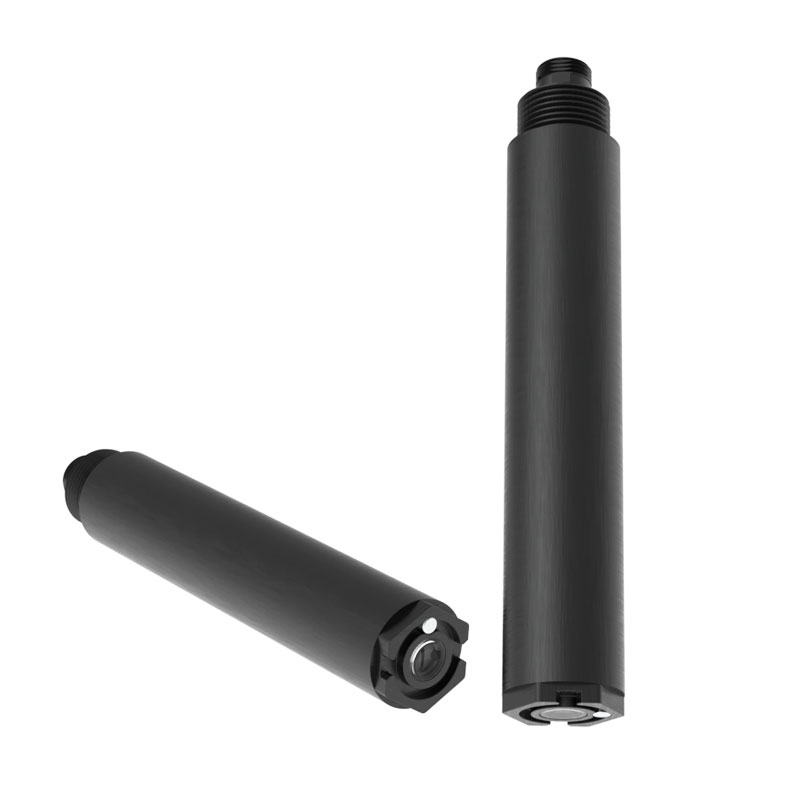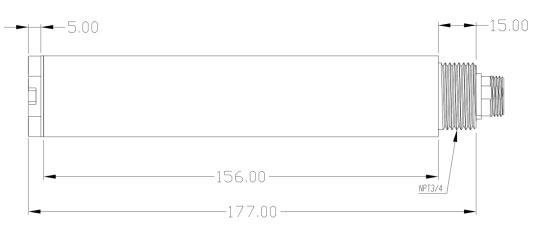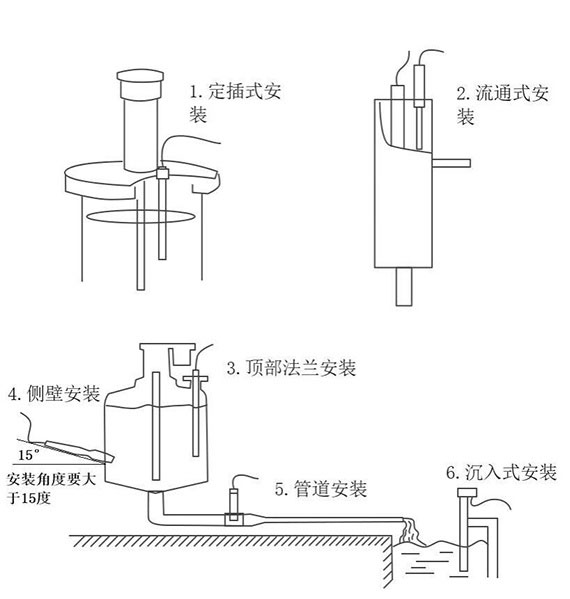Tianyi Sensor IOT Technology Co., Ltd
Sales Manager:Ms. Emily Wang
Cel,Whatsapp,Wechat:+86 15898932201
Email:info@fengtutec.com
Add:No. 155 Optoelectronic Industry Accelerator, Gaoxin District, Weifang, Shandong, China

Sales Manager:Ms. Emily Wang
Cel,Whatsapp,Wechat:+86 15898932201
Email:info@fengtutec.com
Add:No. 155 Optoelectronic Industry Accelerator, Gaoxin District, Weifang, Shandong, China

Model:FT-S20
Brand:tianyi
one.Water transparency sensor application environment description
water transparency sensor uses advanced light scattering methods to detect the transparency value of water quality. It can be used in harsh environments and the monitoring data is stable.The scattering or absorption properties of light are used to measure transparency in water.It has high sensitivity, fast response and real-time monitoring capabilities, and is widely used in water quality monitoring and sewage treatment.
Signal output: RS485 (MODBUS-RTU).
Infrared LED light source, strong anti-interference ability.
Internal signal isolation technology has strong interference.
Good reproducibility, thermal stability, low drift, small size, fast response speed
Easy to install, simple, 3/4NPT pipe threads, easy to sink-in installation or install in pipes and tanks
Stable performance and long service life
IP68 waterproof standard
two.Water transparent sensor technical performance and specifications
1.Technical parameters
| Measurement principle | Scattering light method |
| Signal method | RS485 (MODBUS-RTU) |
| Measurement range | 50~1000mm |
| Measure resolution | 1mm |
| Measurement accuracy | ±5% (depending on sludge homogeneity) |
| Housing material | Glass and ABS |
| Cable length | Standard 5 meters |
| Power supply voltage | 12-24VDC (the product power consumption is about 0.4W when powered by 12V) |
| Calibration method | Two-point calibration |
| Measurement environment | Temperature 0~50℃ (no freezing), <0.2MPa |
| Waterproof grade | IP68 |
| Installation method | Immersive mounting, NPT3/4 thread |
2.Water transparent sensor size diagram

three.Water transparent sensor installation and electrical connection
1.Installation

Note: The sensor cannot be installed inverted or horizontally when installed, and should be installed at least 15 degrees above the angle of inclination.
2.Electrical installation
The cable is a 5-core shielded wire, line sequence definition: brown-power cord (12~24VDC)
Black-ground (GND)
Blue-485A Green-485B
Yellow - 4-20mA current output (can be suspended if not used)
Before powering on, carefully check the wiring sequence to avoid unnecessary losses caused by wiring errors.
Four.Water transparency sensor maintenance and maintenance
1.Use and maintain
Conventional electrodes require periodic cleaning and calibration, and the maintenance cycle is determined by the customer according to their working conditions.Conventional electrode cleaning methods: Use a soft brush to remove attachments (be careful to avoid scratching the electrode surface), then clean with distilled water, and then perform calibration operations.
In water monitoring work, chlorophyll measurement is a crucial part. As the core substance for photosynthesis in aquatic plants, the chlorophyll content can directly reflect the quantity of phytoplankton in the water. By measuring chlorophyll, staff can determine the degree of water eutrophication —...
Nowadays, with the rapid development of industry, the pollution problem in industrial parks has attracted much attention. Traditional environmental monitoring methods can no longer meet the needs of refined supervision of pollution in industrial parks. However, the emergence of Air quality monitorin...
With the intensification of climate change impacts, the frequency and destructiveness of flood disasters have significantly increased, posing severe challenges to public safety and socioeconomic development. Now that summer, a season prone to floods and droughts, has arrived, to enhance disaster pre...
Anemometer for drones, the ultrasonic anemometer is a high - precision meteorological monitoring device designed based on the principle of ultrasonic resonance. It is specifically developed for the low - altitude environmental monitoring needs of small drones and unmanned platforms. Its core technol...